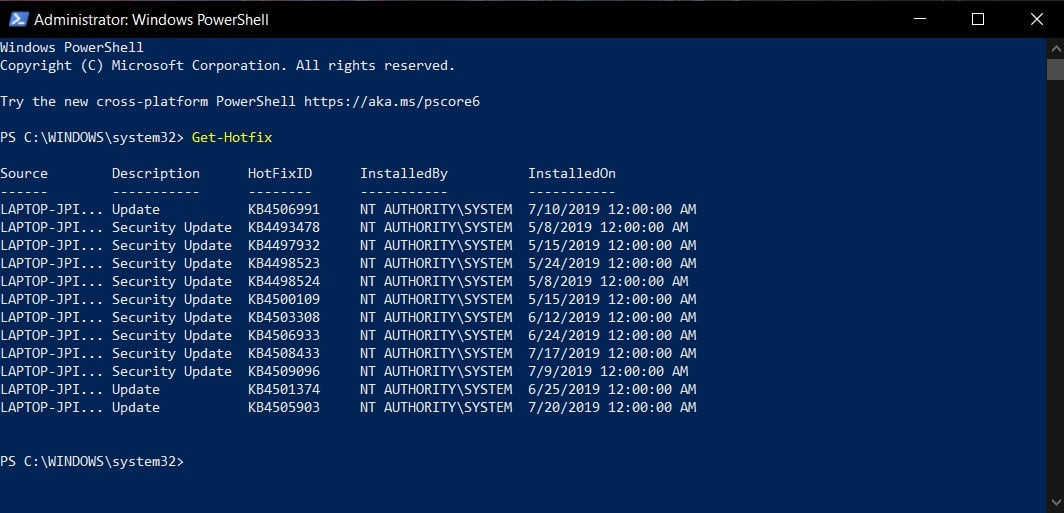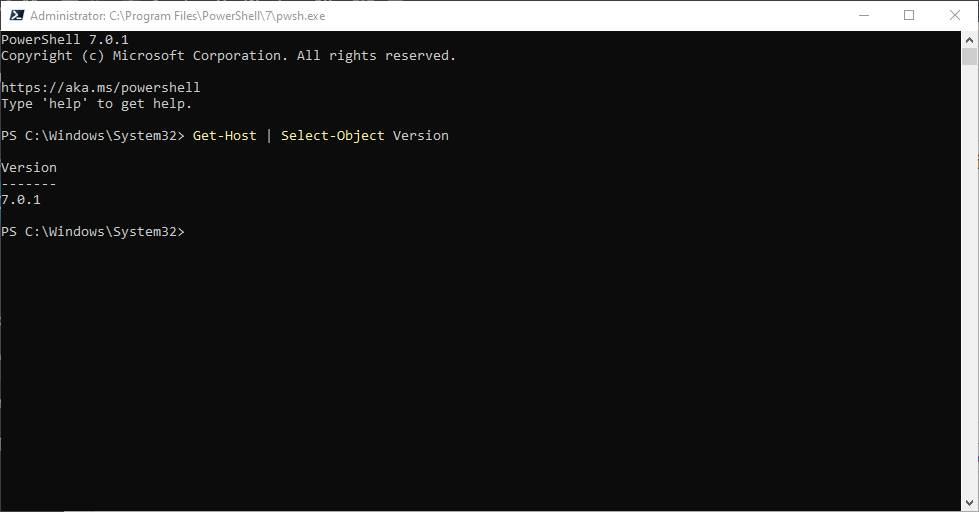

The *-Location cmdlets use the current location stack unless a different location stack is The third command displays the locations in the current location stack. The second command makes the Paths location stack the current location stack. The first command adds the current location to the Paths stack. PS C:\Program Files\PowerShell\> Get-Location -Stack PS C:\Program Files\PowerShell\> Set-Location -StackName "Paths" Example 4: Set the current location to a named stack PS C:\> Push-Location -Path 'C:\Program Files\PowerShell\' -StackName "Paths" To get the current location in the PSDrive use Get-Location -PSDrive command. The location to the current location in the PSDrive.

When the drive name is specified in the form : (without backslash), the cmdlet sets The second command sets the location to the current location of the C: drive in the FileSystem The first command sets the location to the root of the HKLM: drive in the Registry provider. Example 3: Set location to the current location in the C: drive PS C:\Windows\> Set-Location HKLM:\ Parameter to direct PowerShell to return a PathInfo object that represents the Env:\ location. This command sets the current location to the root of the Env: drive. Example 2: Set the current location and display that location PS C:\> Set-Location -Path "Env:\" -PassThru This command sets the current location to the root of the HKLM: drive. Examples Example 1: Set the current location PS C:\> Set-Location -Path "HKLM:\" Independent from the location stack that is accessed using the StackName parameter. Maintains a history of the last 20 locations that can be accessed with - and +. PowerShell 6.2 added support for - and + as a values for the Path parameter. That location could beĪ directory, a subdirectory, a registry location, or any provider path. The Set-Location cmdlet sets the working location to a specified location.

POWERSHELL LOCATION WINDOWS 10 INSTALL
You can also manually install the PowerShell module offline.Sets the current working location to a specified location. You can display more detailed information about previously executed commands in the current PowerShell session, including the command status and start/end/duration time: Use the Get-History cmdlet to view the history of previous commands in the current session. In previous versions of Windows PowerShell (and the cmd command prompt), the history of executed commands is available only in the current PowerShell session. The PowerShell console keeps a complete command history since Windows PowerShell 5.1 (installed by default in Windows 10). This is useful if you need to quickly execute one of the previous commands without typing it again. Thus, using the “ Up arrow” and “ Down arrow” keys you can scroll through the history of PowerShell commands and re-run previously typed commands. If you continue to press the “up” key, you will see all the commands executed earlier. In the PowerShell console, the last command you typed appears when you press the Up key. Viewing PowerShell Command History on Windows
POWERSHELL LOCATION WINDOWS 10 HOW TO
How to Export/Import PowerShell Command History to Another Session?.How to Clear the Command History in PowerShell?.Using Predictive IntelliSense with PowerShell Command History.How to Run a PowerShell Command without Saving it to History?.Configure PowerShell Command History with the PSReadLine Module.How to Search in PowerShell Command History?.Viewing PowerShell Command History on Windows.


 0 kommentar(er)
0 kommentar(er)
